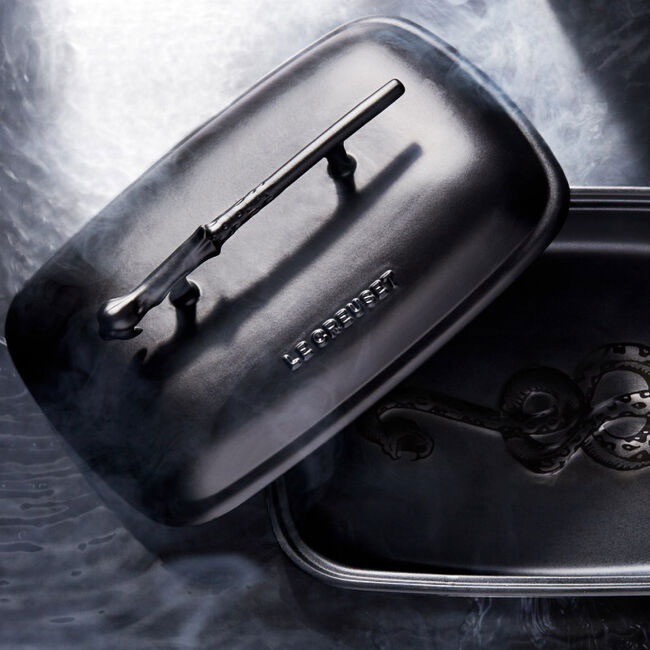From Cult to Culture: It Isn't Just About Positioning
How culture branding impacts our work
In the 1960s, Al Ries and Jack Trout introduced a concept to describe a poorly articulated dynamic in marketing and advertising: positioning. Now one of the industry’s most adhered to principles, positioning prompts us to stake a specific claim to a unique place, or position, in the mind of particular consumers. It’s how brands find a valuable niche for their products and services, and how many pursue what some consider niche marketing’s highest state: cult brands. One less-understood aspect of positioning for specific segments and angling for cult-brand status is the world of culture brands.
Few have examined, or perhaps even recognized, this different kind of niche brand. Culture brands are more focused than traditional commodities, but not as constrained as typical niche or cult brands. Their positioning is still distinct, but their segments and audiences aren’t as narrow. Whereas cult brands are smaller by nature and often aligned to an existing niche, culture brands can be scaled, effectively defining and creating their own niche as they grow. Both connect with audiences in fundamentally personal ways, but unlike cult brands, the power of a culture brand isn’t fueled by limiting its growth, evolution or audience.
While some of our clients are niche brands of some kind, and several may be considered bona fide cult brands, all have been structured and supported in ways that invite personal connection and scale. Positioning is invaluable as a discipline that focuses a brand, but that focus doesn’t have to hinder growth. By carefully implementing and attending to three fundamental factors—story, sensibility and significance—brands and organizations that might otherwise have been niched into charming but limited specialization have scaled and enjoyed remarkable success. First, a clear, compelling and authentic story must be established. Then a distinct aesthetic and perspective, a variety of elements we refer to as a brand’s sensibility, are developed. Finally, links that lead to genuine significance are identified and cultivated in a compelling way. This ensures products and services aren’t just marketed to a brand’s key internal and external audiences, they actually matter to them.
The convergence of these three critical factors results in the culture at the heart of culture brands. Each intersection also generates the functional value for consumers that make culture brands so extraordinary: symbol to self, signal to others, and shared value to a like-minded group.
One example of how our culture branding lens impacts our work is our most recent collaboration with longterm client Le Creuset in launching a limited-edition product partnership with Harry Potter. Instead of just developing a typical marketing campaign to promote an existing co-branded product, we worked with the client team to develop a range of designs genuinely rooted in fan insights and interests. The marketing and engagement, in essence, started with the product.
Our team created concepts, visuals and messaging that invited fans to connect with the launch in genuinely personal ways. Our goal was to develop pieces that were as meaningful as they were functional. That meant articulating a range of target personas and matching our products and messaging to those personalities. Each design was evaluated based on its ability to represent something individually gratifying to the purchaser, to symbolize a beloved facet of the Wizarding World franchise. Simultaneously, we worked to ensure that purchases could be shared and showcased to other fans, signaling a rare Harry Potter win to a like-minded community sure to appreciate it. Finally, we contemplated the secondary value each product might one day have. Is this the sort of product that people would hand down to a child? Sell to another fan? Trade among fellow aficionados?
*Click images to enlarge:




Those cultural considerations led to a range of cookware that reflected and respected the real passions of those who love all things Harry Potter—while also honoring the sensibilities of Le Creuset devotees. Our campaign revealed products like wand-inspired spatulas, a Deathly-Hallows spoon rest and a Dutch oven that paid tribute to Harry Potter himself, including a custom cast lightning bolt knob (as well as another cast iron Quidditch pot with a life-size gold snitch knob). Fans of both brands clamored for the chance to buy the limited-edition line—which sold out online and in store. Subsequently, the hope of launching truly resonant products that created their own marketing momentum on cultural value is now evidenced by re-sales on platforms like eBay already commanding three and four times the original sales price.



 Events
Events


